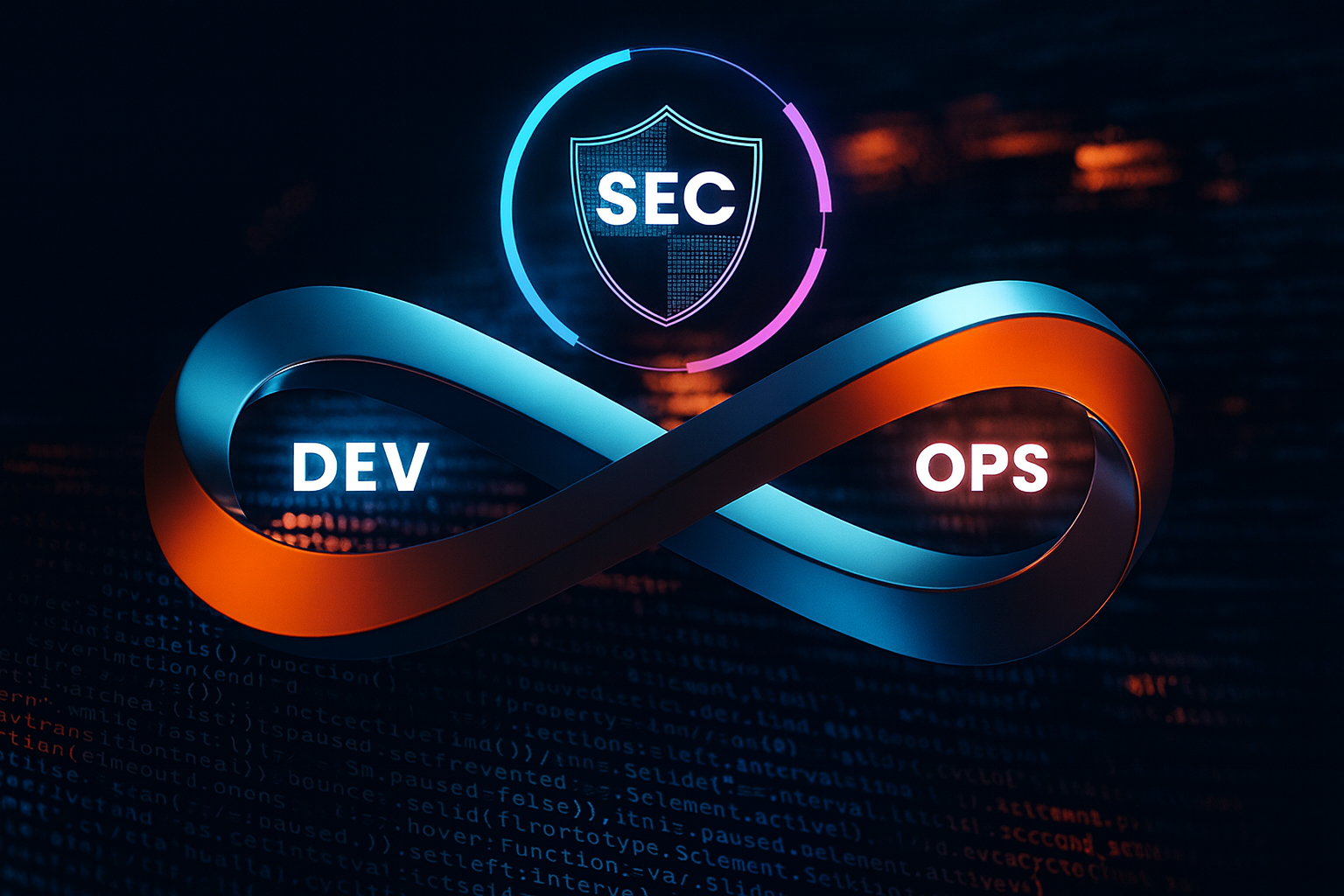 Loading Please Wait...
Loading Please Wait...
 Loading Please Wait...
Loading Please Wait...

Modern software development is all about speed and agility. Businesses strive to deliver applications faster, respond quickly to market changes, and continuously improve customer experiences. This is why DevOps—the practice of integrating development and operations for faster delivery—has become the industry standard.
But there’s a catch: in the race to release software quickly, security is often treated as an afterthought. This leads to vulnerabilities, compliance issues, and sometimes catastrophic breaches. Enter DevSecOps—an evolution of DevOps that integrates security at every stage of the software lifecycle.
This blog explains what DevSecOps is, why it matters, the challenges it addresses, best practices for implementation, and how organizations can build a culture where security is everyone’s responsibility.
DevSecOps stands for Development, Security, and Operations. It extends the principles of DevOps by embedding security practices into every stage of the software delivery pipeline.
Instead of treating security as a final checkpoint before release, DevSecOps ensures that security is continuous, automated, and collaborative.
In short, DevSecOps is about shifting security left—closer to the development phase—so that issues are caught early, reducing risks and costs.
1. Rising Cyber Threats
Cyberattacks are growing in both frequency and sophistication. From ransomware to supply chain attacks, vulnerabilities in software pipelines are prime targets.
2. Cost of Late Fixes
According to industry studies, fixing a security bug in production can cost 30x more than fixing it during development.
3. Compliance Demands
Industries such as finance, healthcare, and government face strict regulations (GDPR, HIPAA, PCI DSS). Non-compliance can lead to fines and reputational damage.
4. Customer Trust
Security breaches erode trust. Customers expect software providers to protect their data by default.
By embedding security across all stages, DevSecOps reduces risks without slowing down delivery.
1. Faster, Safer Releases
Security checks built into CI/CD pipelines ensure that vulnerabilities are caught early without delaying deployments.
2. Reduced Costs
Fixing issues during development is cheaper than fixing them after release or during a breach.
3. Stronger Compliance
Automated compliance checks help organizations stay aligned with industry regulations.
4. Enhanced Collaboration
Breaking down silos between development, operations, and security fosters teamwork.
5. Improved Customer Trust
Delivering secure products consistently builds long-term confidence with users.
1. Build a Security-First Culture
2. Automate Wherever Possible
3. Start Small and Scale
4. Use the Right Tools
5. Continuous Monitoring and Feedback
1. Banking and Finance
Banks use DevSecOps to meet compliance requirements while delivering secure apps for online banking.
2. Healthcare
Hospitals adopt DevSecOps to protect sensitive patient data while rapidly deploying digital health solutions.
3. E-Commerce
Retailers use DevSecOps to secure payment systems and protect customer data during high-traffic events.
4. Government and Defense
Agencies adopt DevSecOps to safeguard critical infrastructure against cyber threats.
A global e-commerce company faced frequent breaches due to insecure third-party libraries. The CIO led a DevSecOps initiative by:
In today’s digital-first world, speed without security is a recipe for disaster. DevSecOps ensures that security is not an afterthought but a built-in, continuous practice.
For organizations, the journey to DevSecOps may come with challenges—cultural resistance, tool complexity, or skills gaps. But with the right leadership, automation, and mindset, the benefits far outweigh the hurdles.
Ultimately, DevSecOps is about shared responsibility. When developers, operations, and security teams work together, organizations can deliver software that is fast, secure, and trustworthy—the ultimate win in a competitive digital landscape.